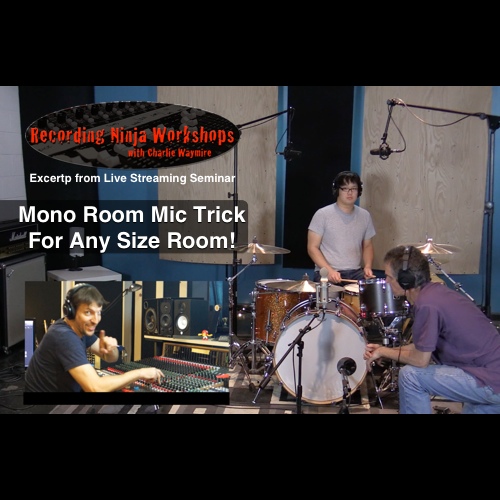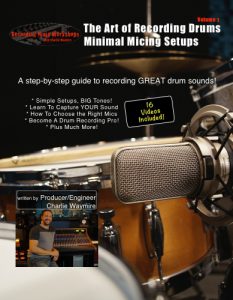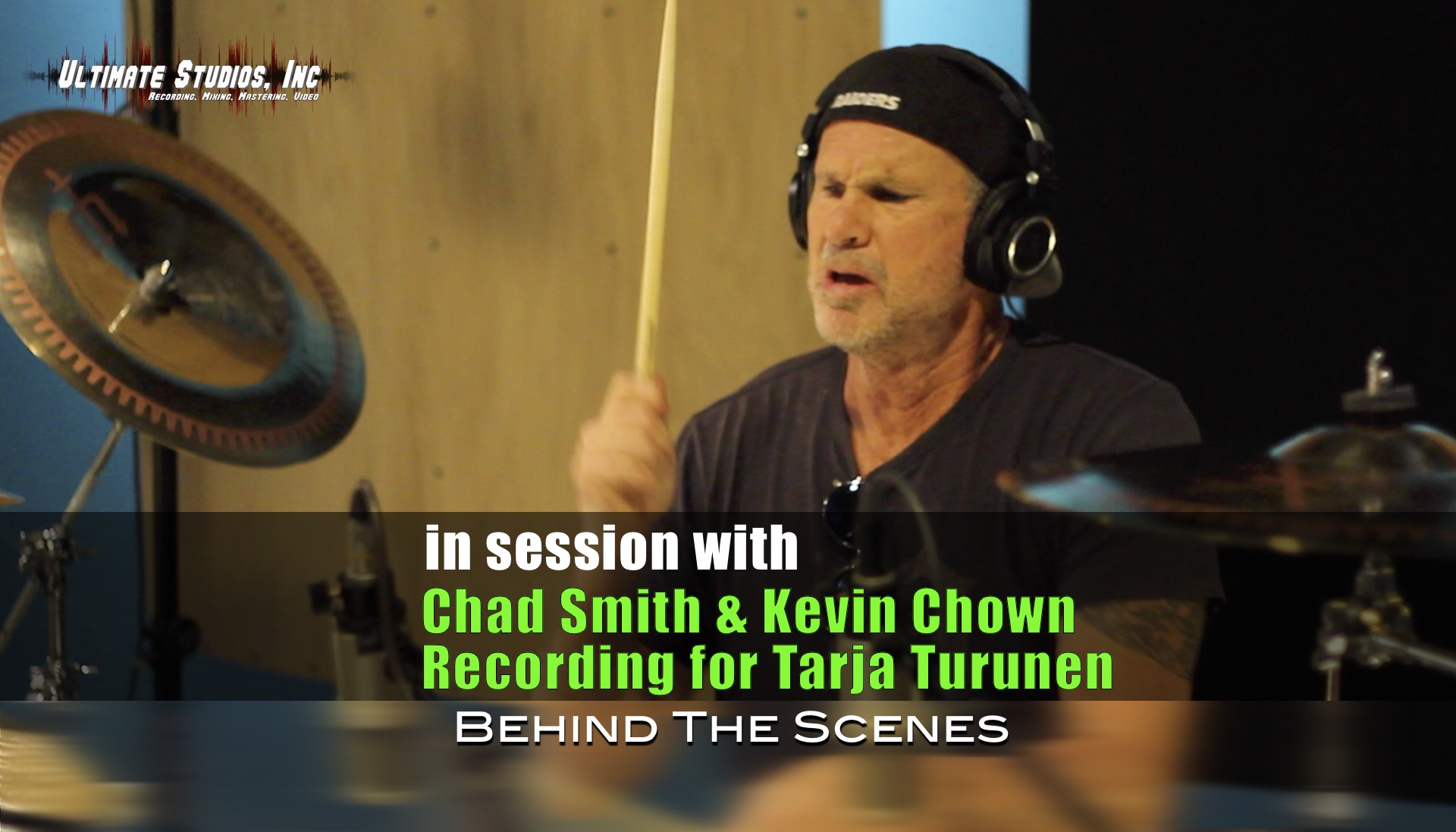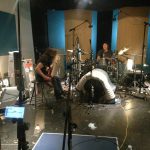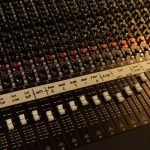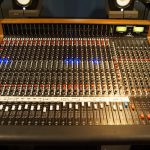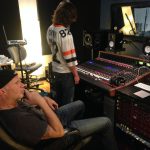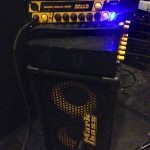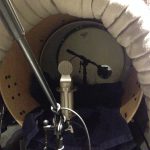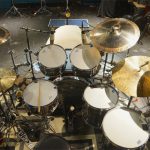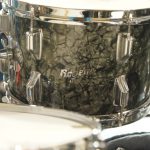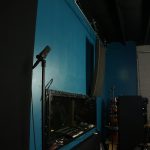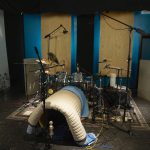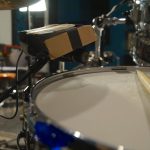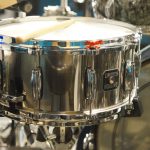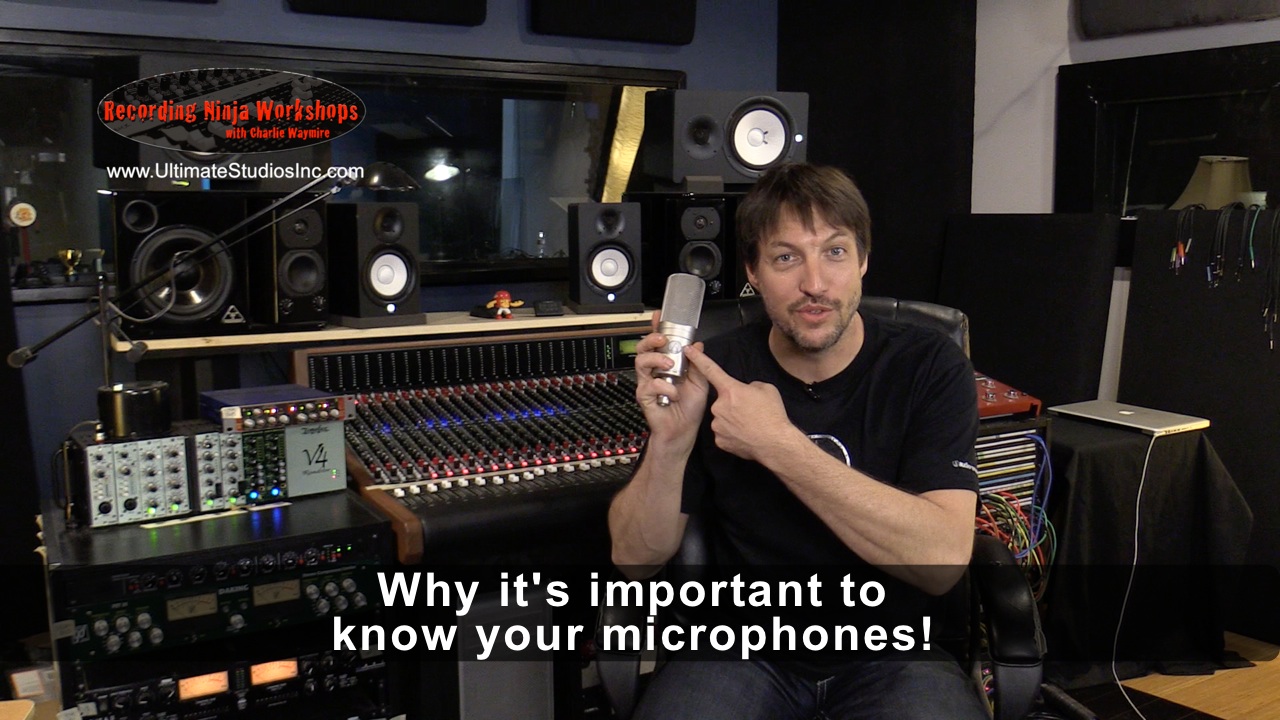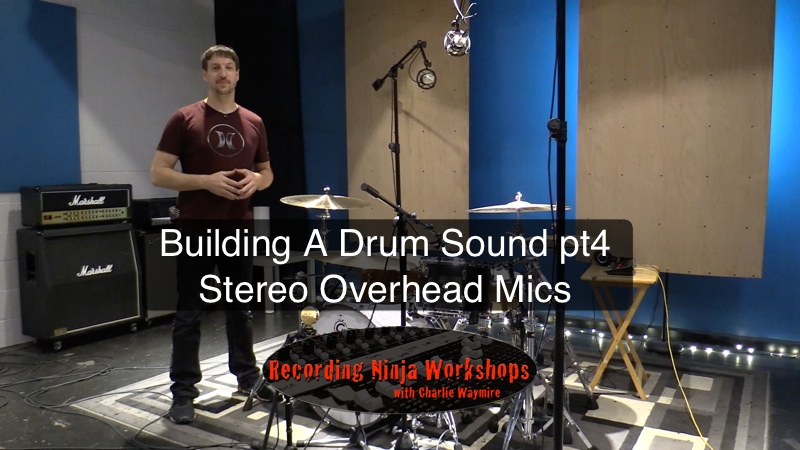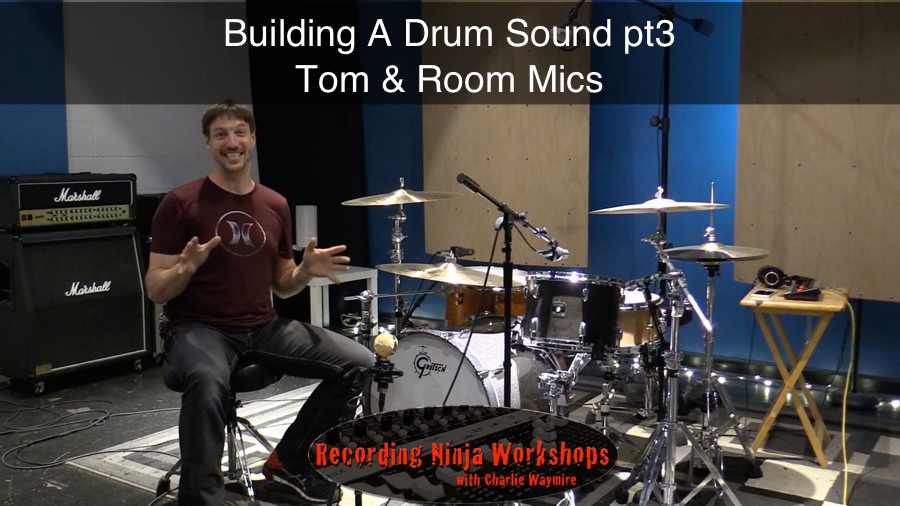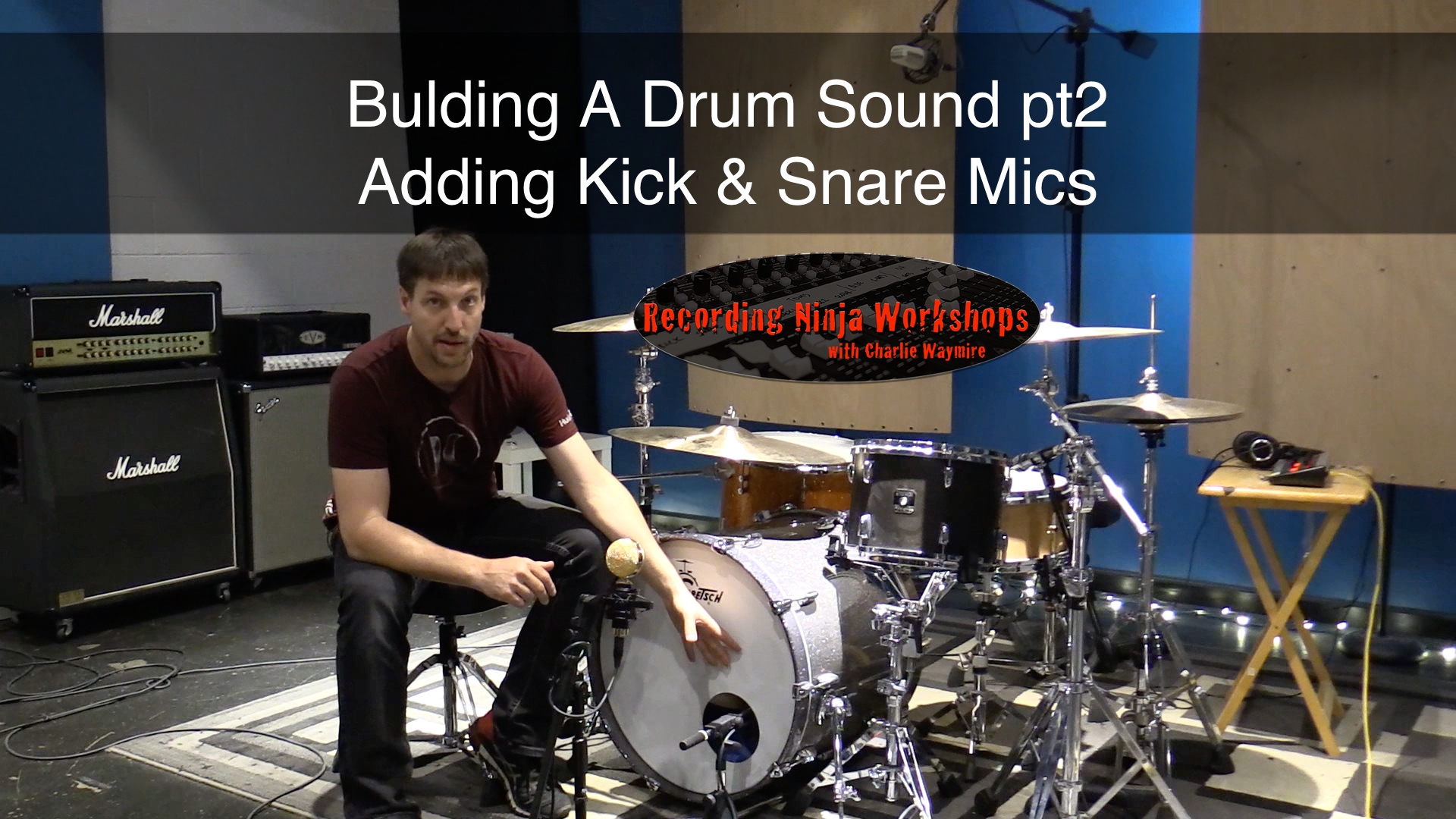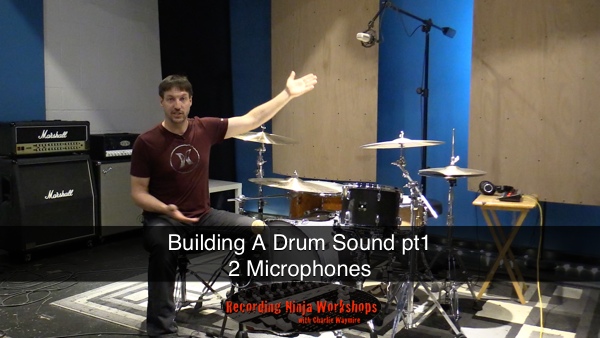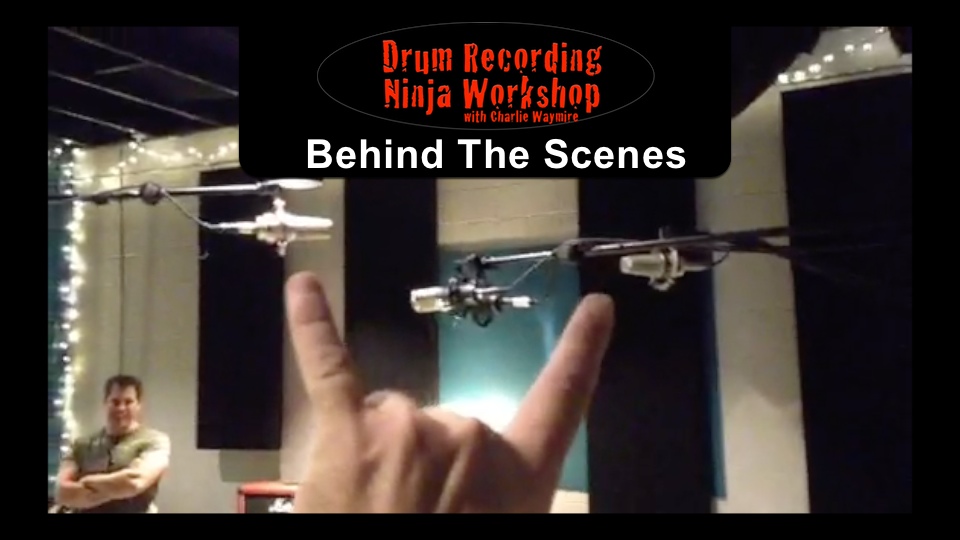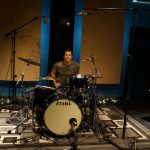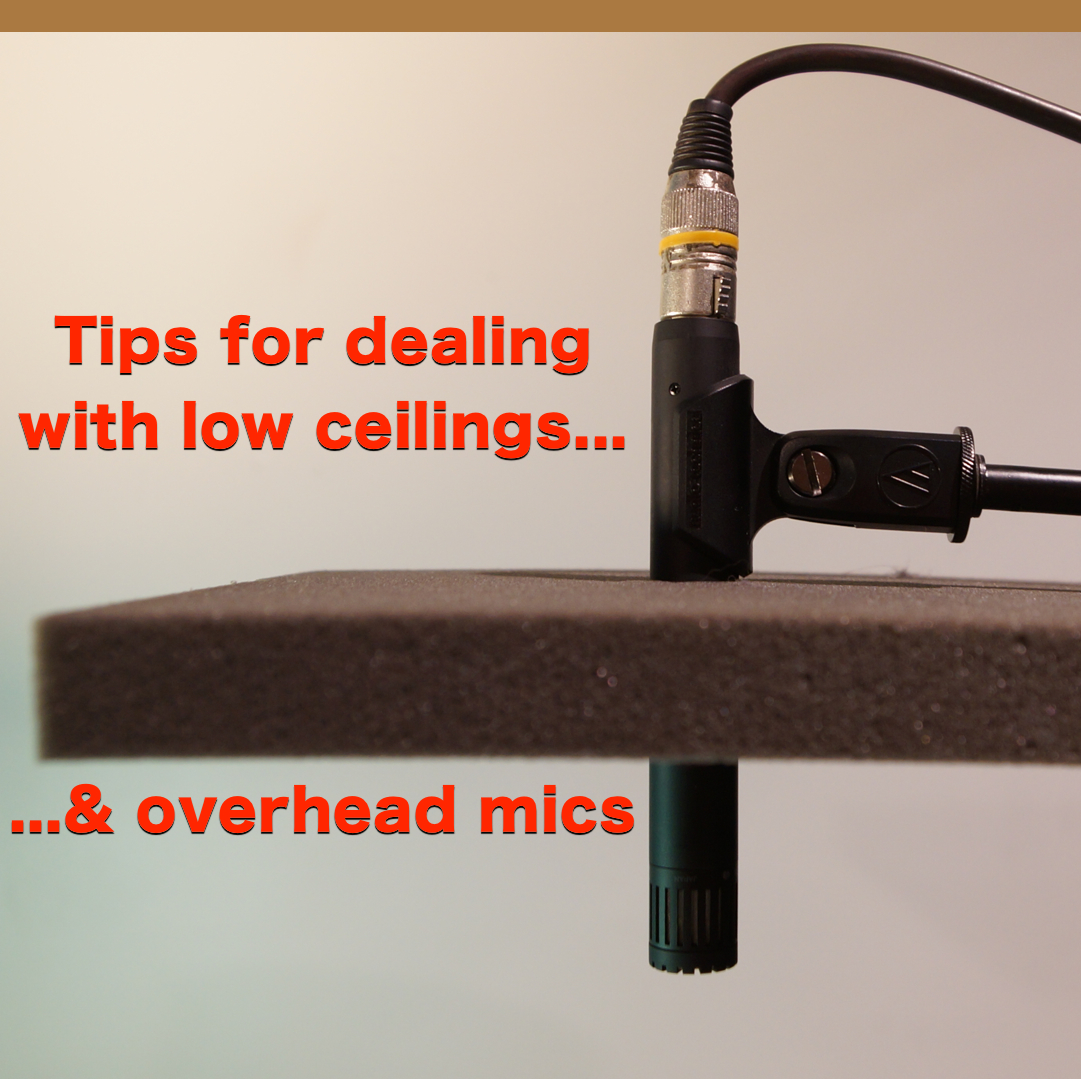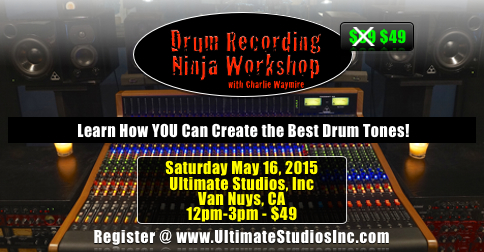There is simply no better way to add depth, space, and sometimes excitement to your drum sounds than using room mics. Can you say Led Zeppelin?
However, I realize that not everyone has the space to really explore all the cool room mic possibilities. Yes, you could use reverb to simulate a room sound and it would work nicely, but…..
There is nothing cooler, and more realistic, than the feeling of an actual mic capturing the drummers performance in the room.
Today I want to show you a cool room mic trick that can work in ANY size room. Small or large.
On a recent Live Streaming Seminar I pulled out an old trick I used to do in my first studio that was considerably smaller than my studio now. Actually it was smaller than my current control room!
Best of all this trick used only 1 microphone so all you need is a single condenser (you could try a dynamic mic too).
So watch the video and then go grab a mic and experiment!
Happy recording!
Charlie
p.s. I’ll be doing a part 2 with concept soon!
Take your drum recordings to the next level!
Get your copy today!

